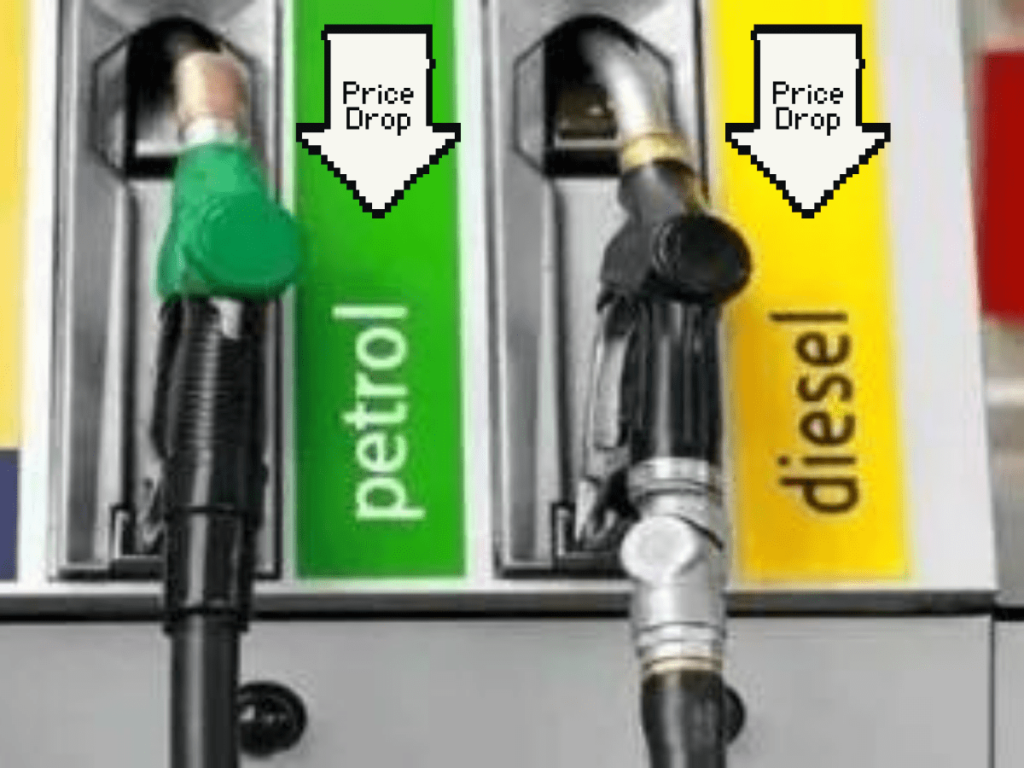Government sources revealed that discussions have been underway with Oil Marketing Companies (OMCs) to facilitate this relief for the common man. A noteworthy proposal currently under consideration suggests that both the government and OMCs share the burden of the price cut equally. Additionally, there is contemplation of an even more substantial reduction, possibly up to Rs 10 per litre. Such a move not only aims to alleviate the financial burden on citizens but also has broader economic implications, particularly for retail inflation, which surged to a three-month high of 5.55% in November.
The decision-making process involves active participation from key ministries, with the Petroleum Ministry and the Finance Ministry engaging in recent discussions. Options have been submitted to the Prime Minister’s Office (PMO), reflecting the collaborative effort to address the pressing issue of fuel prices. It’s worth noting that these ministries routinely engage in discussions every fortnight to assess and deliberate on fuel pricing dynamics.
The Union government’s inclination towards a fuel price cut is rooted in the stability of crude oil prices, which have remained in the range of $70 to $80 per barrel for the past three months. Such stability provides a conducive environment for the government to consider passing on the benefits to consumers.
In the pursuit of providing relief, the government has already taken steps to reduce Central Excise duty. In November 2021 and May 2022, the Central Excise duty was lowered by Rs 13 per litre on petrol and Rs 16 per litre on diesel in two tranches. Importantly, the entirety of these excise reductions was passed on to consumers, resulting in a visible decline in retail prices.
The impact of these decisions is reflected in the financial performance of government-run oil marketing companies—Indian Oil Corp. (IOC), Bharat Petroleum Corp. (BPCL), and Hindustan Petroleum Corp. (HPCL). The companies have reported substantial profits in FY24, underscoring the positive outcomes of the government’s strategic interventions in the fuel pricing landscape.
Meanwhile, global oil prices have exhibited stability, with Brent crude trading near $80 a barrel. However, concerns over higher inventories and record output in the United States have tempered the optimism, overshadowing potential disruptions in the Red Sea that might have otherwise driven prices higher.
As the government deliberates on the proposed fuel price cut, its potential impact on inflation and the broader economy cannot be understated. A reduction in fuel prices not only provides immediate relief to consumers but also contributes to taming inflationary pressures. Moreover, with an eye on the upcoming elections, such a move could have political implications, resonating positively with voters grappling with the economic fallout of the ongoing global challenges.
In conclusion, the government’s contemplation of a substantial fuel price cut reflects a proactive approach to address economic challenges and meet the expectations of the electorate. The collaborative efforts between key ministries and the ongoing discussions with OMCs underscore a concerted attempt to strike a balance between economic stability and public welfare. As the government navigates the intricacies of fuel pricing, its decisions will reverberate across sectors, shaping the economic landscape in the run-up to the 2024 elections.

